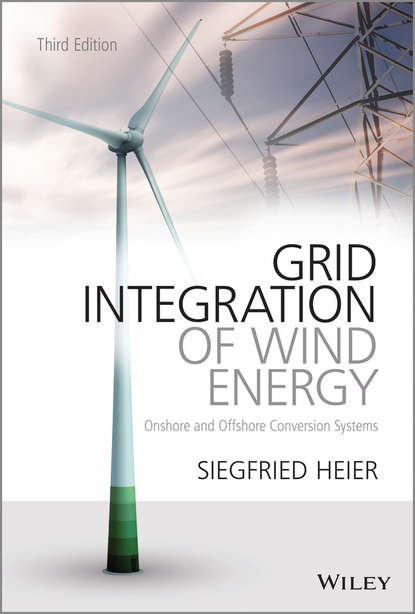Книга "Unsaturated Soils. A fundamental interpretation of soil behaviour" рассматривает механические свойства ненасыщенных почв, которые являются важными для геотехнических инженеров и тех, кто занимается взаимодействием конструкций с грунтом. Основное внимание уделено мелкозернистым глинам и суглинкам, а также почвам, содержащим более крупные песчаные и гравийные частицы, но с значительным процентом мелких частиц. Книга основывается на последних исследованиях в области ненасыщенных почв и демонстрирует, как это соотносится с общей дисциплиной геомеханики. Авторы представляют современный обзор методов лабораторных испытаний, включая измерение и контроль вакуума в испытаниях в триаксиальных ячейках. Книга также рассматривает термодинамические принципы, применяемые к многокомпонентным материалам в равновесных условиях, и использует их для анализа ненасыщенных почв. Рассматриваются характеристики критического состояния и сжимаемости ненасыщенных почв, а также микромеханическое поведение образцов глины в условиях триаксиального сдвига. Книга предоставляет студентам, исследователям и инженерам фундаментальную основу для понимания поведения почв и демонстрирует, как интерпретировать экспериментальные данные о прочности и сжимаемости.
Эта книга является фундаментальным интерпретационным описанием поведения грунтов, написанная Сивакумаром В. Книга будет полезна для геотехнических инженеров по всему миру, а также тем, кто занимается взаимодействием структур с землей. В книге рассматриваются главным образом тонкозернистые глины и ил, или грунты, содержащие более крупные частицы песка и гравия, но с значительным процентом примесей. Изучение ненасыщенных грунтов - это практическое направление, связывающее фундаментальную науку с природой. Грунты в целом по своей природе являются изменчивыми, и их поведение не легко анализировать или предсказывать, а ненасыщенные грунты повышают сложность на более высокий уровень. Даже среди практикующих инженеров часто отсутствует понимание тонкостей предмета. Эта книга предлагает перспективу ненасыщенных грунтов на основе последних исследований и показывает, как это соответствует общей дисциплине механики грунтов. После введения в основные переменные грунта, фазы, взаимодействие фаз и важность грунта
This book by professor Sivakumar provides a fundamental understanding of unsaturated soils behaviour. It focuses mainly on sands, silts and clays with significant percentages of particulates. Despite its practicality, this topic is also considered as it links the science that happens to material’s nature. All soils are immanently variable and hence uneasy to interpret and forecast. Further complexities are introduced when it comes to unsaturated cases. Even experts can get lost in this jungle of research. Therefore, Sivakumar sets the scope for a deeper insight into the mechanisms ruling in the entire framework. By offering a carefully formulated approach, the research already includes the latest information. The textation involves the measuring and control options in soil tests. Furthermore, the variables possible when applying stress are opened up. Additionally, the attention is directed towards critical-state theories. These techniques are analyzed by using a new perspective which, at once, uncovers chemical fundamentals. The strength of these soils - subsequently criticized - is really examined as well. Overall, these procedures become instruments to follow the soil configuration in three dimensions of stress-energy space, portraying the behaviour through clear observations.
Электронная Книга «Unsaturated Soils. A fundamental interpretation of soil behaviour» написана автором Sivakumar V. в году.
Минимальный возраст читателя: 0
Язык: Английский
ISBN: 9781444325041
Описание книги от Sivakumar V.
An understanding of the mechanical properties of unsaturated soils is crucial for geotechnical engineers worldwide, as well as to those concerned with the interaction of structures with the ground. This book deals principally with fine-grained clays and silts, or soils containing coarser sand and gravel particles but with a significant percentage of fines. The study of unsaturated soil is a practical subject, linking fundamental science to nature. Soils in general are inherently variable and their behaviour is not easy to analyse or predict, and unsaturated soils raise the complexity to a higher level. Even amongst practicing engineers, there is often lack of awareness of the intricacies of the subject. This book offers a perspective of unsaturated soils based on recent research and demonstrates how this dovetails with the general discipline of soil mechanics. Following an introduction to the basic soil variables, the phases, the phase interactions and the relevance of soil structure, an up-to-date review of laboratory testing techniques is presented. This includes suction measurement and control techniques in triaxial cell testing. This is followed by an introduction to stress state variables, critical state and theoretical models in unsaturated soils. A detailed description of the thermodynamic principles as applied to multi-phase materials under equilibrium conditions follows. These principles are then used to explore and develop a fundamental theoretical basis for analysing unsaturated soils. Soil structure is broken down into its component parts to develop equations describing the dual stress regime. The critical state strength and compression characteristics of unsaturated soils are examined and it is shown how the behaviour may be viewed as a three-dimensional model in dimensionless stress-volume space. The analysis is then extended to the work input into unsaturated soils and the development of conjugate stress, volumetric and strain-increment variables. These are used to examine the micromechanical behaviour of kaolin specimens subjected to triaxial shear strength tests and lead to observations not detectable by other means. Unsaturated Soils: A fundamental interpretation of soil behaviour covers a rapidly advancing area of study, research and engineering practice and offers a deeper appreciation of the key characteristics of unsaturated soil. It provides students and researchers with a framework for understanding soil behaviour and demonstrates how to interpret experimental strength and compression data. provides engineers with a deeper appreciation of key characteristics of unsaturated soils covers a rapidly advancing area of study, research and engineering practice provides students and researchers a framework for understanding soil behaviour shows how to interpret experimental data on strength and compression the limited number of books on the subject are all out of date



















